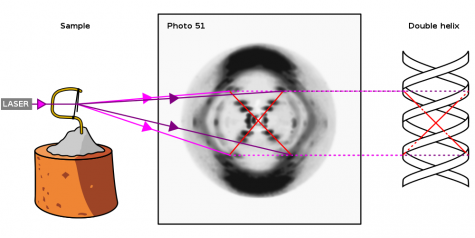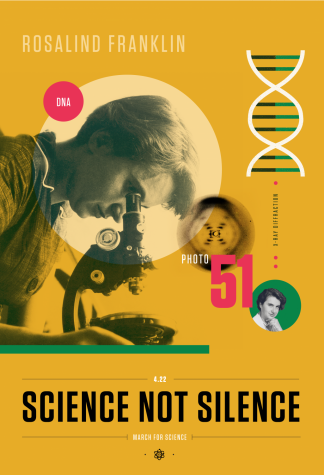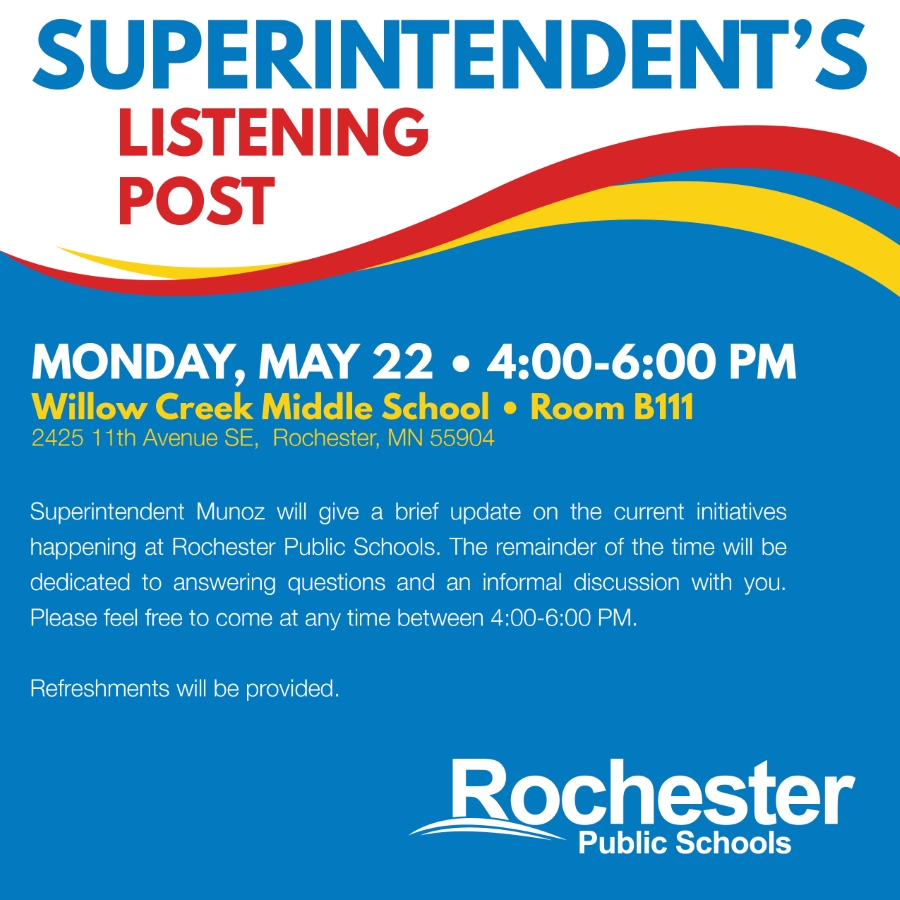How Rosalind Franklin changed science
March 24, 2021

Rosalind Franklin was a British scientist, best known for her contributions to the discovery of the DNA structure in the early 1950s at King’s College. She also contributed to mapping the structure of viruses, which helped to develop the field of structural virology (Britannica).
Born in 1920 into a wealthy Jewish family in London, Rosalind Franklin grew up knowing the values of education and knowledge. Before becoming a world-renowned scientist, Franklin had attended St. Paul’s Girls School, and by the age of fifteen she knew she wanted to be a scientist. At eighteen she had enrolled in Newham Women’s College at Cambridge University, studying physics and chemistry. However, the start of World War II dramatically altered her course of action. She went to serve as a London air raid warden and had to give up her fellowship in order to work for the British Coal Utilization Research Association. There she studied the physical chemistry of coal and carbon for war efforts. In 1946, Franklin moved to Paris to perfect her skill in X-ray crystallography, a revolutionary science that attempts to determine the molecular structure of crystals. Franklin eventually moved back to London to pursue her new life’s work at King’s College in 1951 (Nature).
When Franklin first started, little was known about DNA and its chemical makeup, but she discovered the density and shape of DNA. She began working with Maurice Wilkins, but they didn’t get along very well, so they would mainly work alone. Things came to a head, however, when she began working with a student, Raymond Gosling and together they shot a high resolution photo of the crystalized DNA cell (dnaftb.org). While Franklin had possession of the beautiful “photo 51,” Wilkins showed it to coworkers Jim Watson and Francis Crick without her knowledge. Using their data along with this photo of a helix shaped DNA cell, they published their DNA model, giving Franklin no credit until after her passing (Nature). Matthew Cobb of The Guardian details the story of how these events unfolded.
 Did Jim Watson and Francis Crick really steal Rosalind Franklin’s scientific work?
Did Jim Watson and Francis Crick really steal Rosalind Franklin’s scientific work?
Angry about the incident with Watson and Crick, Franklin eventually moved on to study the cells of the tobacco mosaic virus, from 1953-1958, ironically building on the published work of Watson. She collaborated on studies where she discovered the RNA makeup and the difference between regular DNA cells she had previously studied. She used a more hydrated DNA fiber and a less hydrated one. From this she found the basic structure of DNA, a helix and also found that the RNA was embedded in the protein rather than the central cavity and the RNA was a single strand helix where DNA was double (dnaftb.org). She also continued to travel the world talking about coal uses, as well as the structures of viruses. Her research however was ultimately cut short by death from cancer in 1958 when she was thirty seven (Nature).
Driven and headstrong, Rosalind Franklin was often so tuned-in to the work she was doing that she seemed not to worry about other’s feelings. Her focus was sharp because she believed completely in her purpose. Although she did not make many friends along the way, won the respect of not just the scientific community but the entire world. Rosalind Franklin teaches us all how to strive toward our goals and to achieve what we hope to attain through hard work, academic debate, and a dedication to the truth (Cobb).
Sources
- Article Title: Nature News
Author: Nature Education
Website Name: Nature
URL:https://www.nature.com/scitable/topicpage/rosalind-franklin-a-crucial-contribution-6538012/
Access Date: March 11, 2021
Publisher: Nature Publishing Group
Last Updated : 2014
Original Publish Date: 2014
- Article Title: Rosalind Franklin
Author: Kara Rogers
Website Name: Encyclopedia Britannica
URL:https://www.britannica.com/biography/Rosalind-Franklin
Access Date:March 11, 2021
Publisher: Encyclopedia Britannica, inc.
Last Updated : Jan 6, 2021
Original Publish Date: June 7, 2007
3. Article Title: Sexism in science: did Watson and Crick really steal Rosalind Franklin’s data?
Author: Matthew Cobb
Website Name: The Guardian
Date of Access: 24 March 2021
Original Publish Date: 23 June 2015
Images:
file name of image: Rosalind Franklin Creative Commons search.jpg
original source link: “Rosalind Franklin” by Faded Times is marked with CC PDM 1.0
file name of image: Rosalind_Franklin_-_Beyond_Curie_-_March_for_Science_Poster.png
original source link: “File:Rosalind Franklin – Beyond Curie – March for Science Poster.png” by Amanda Phingbodhipakkiya is licensed under CC BY-SA 4.0
file name of image: 1000px-Experimental_setup_of_Photo_51.svg
original source link: https://commons.wikimedia.org/wiki/File:Experimental_setup_of_Photo_51.svg





